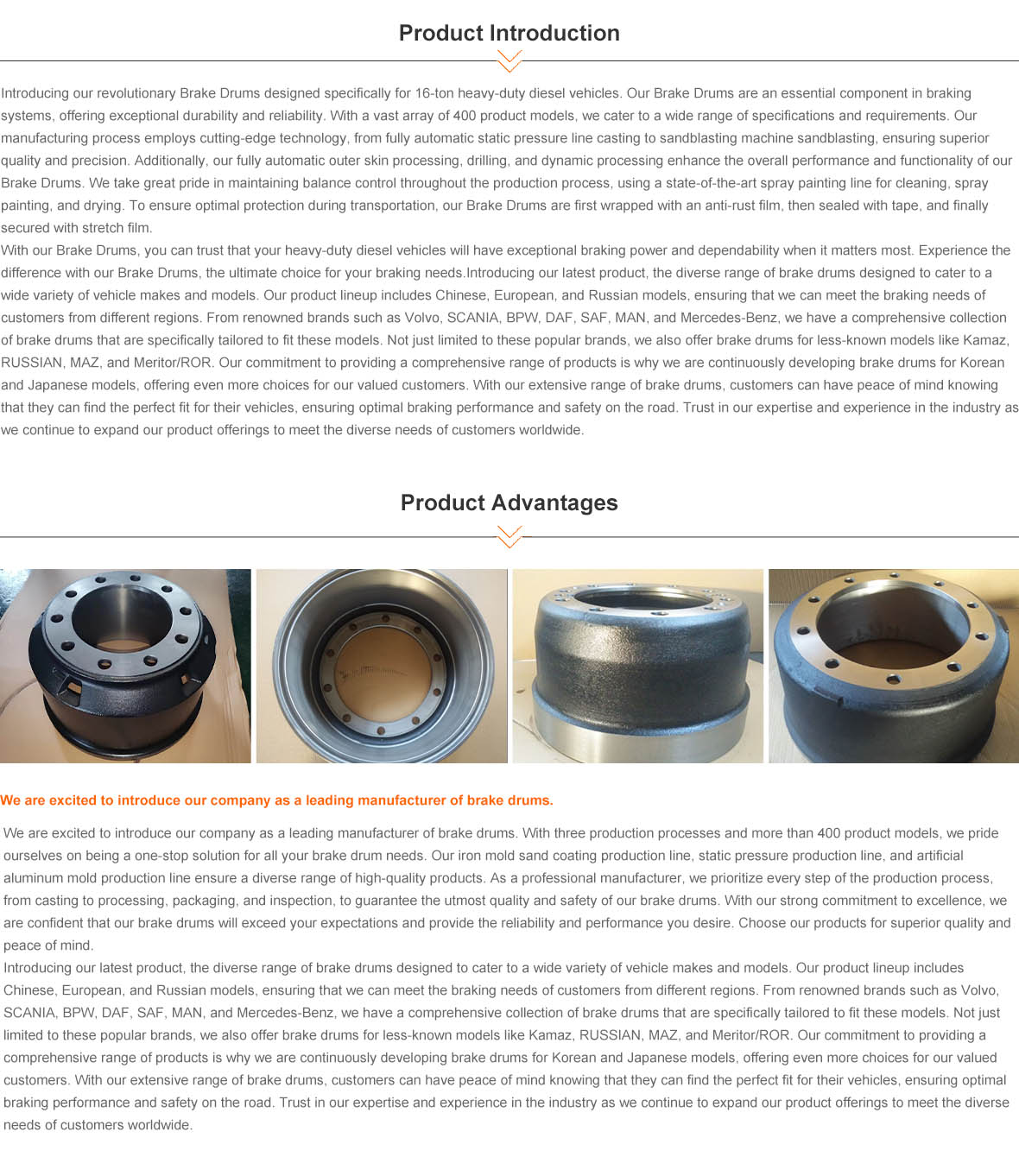
-
 Afrikaans
Afrikaans -
 Albanian
Albanian -
 Amharic
Amharic -
 Arabic
Arabic -
 Armenian
Armenian -
 Azerbaijani
Azerbaijani -
 Basque
Basque -
 Belarusian
Belarusian -
 Bengali
Bengali -
 Bosnian
Bosnian -
 Bulgarian
Bulgarian -
 Catalan
Catalan -
 Cebuano
Cebuano -
 Corsican
Corsican -
 Croatian
Croatian -
 Czech
Czech -
 Danish
Danish -
 Dutch
Dutch -
 English
English -
 Esperanto
Esperanto -
 Estonian
Estonian -
 Finnish
Finnish -
 French
French -
 Frisian
Frisian -
 Galician
Galician -
 Georgian
Georgian -
 German
German -
 Greek
Greek -
 Gujarati
Gujarati -
 Haitian Creole
Haitian Creole -
 hausa
hausa -
 hawaiian
hawaiian -
 Hebrew
Hebrew -
 Hindi
Hindi -
 Miao
Miao -
 Hungarian
Hungarian -
 Icelandic
Icelandic -
 igbo
igbo -
 Indonesian
Indonesian -
 irish
irish -
 Italian
Italian -
 Japanese
Japanese -
 Javanese
Javanese -
 Kannada
Kannada -
 kazakh
kazakh -
 Khmer
Khmer -
 Rwandese
Rwandese -
 Korean
Korean -
 Kurdish
Kurdish -
 Kyrgyz
Kyrgyz -
 Lao
Lao -
 Latin
Latin -
 Latvian
Latvian -
 Lithuanian
Lithuanian -
 Luxembourgish
Luxembourgish -
 Macedonian
Macedonian -
 Malgashi
Malgashi -
 Malay
Malay -
 Malayalam
Malayalam -
 Maltese
Maltese -
 Maori
Maori -
 Marathi
Marathi -
 Mongolian
Mongolian -
 Myanmar
Myanmar -
 Nepali
Nepali -
 Norwegian
Norwegian -
 Norwegian
Norwegian -
 Occitan
Occitan -
 Pashto
Pashto -
 Persian
Persian -
 Polish
Polish -
 Portuguese
Portuguese -
 Punjabi
Punjabi -
 Romanian
Romanian -
 Russian
Russian -
 Samoan
Samoan -
 Scottish Gaelic
Scottish Gaelic -
 Serbian
Serbian -
 Sesotho
Sesotho -
 Shona
Shona -
 Sindhi
Sindhi -
 Sinhala
Sinhala -
 Slovak
Slovak -
 Slovenian
Slovenian -
 Somali
Somali -
 Spanish
Spanish -
 Sundanese
Sundanese -
 Swahili
Swahili -
 Swedish
Swedish -
 Tagalog
Tagalog -
 Tajik
Tajik -
 Tamil
Tamil -
 Tatar
Tatar -
 Telugu
Telugu -
 Thai
Thai -
 Turkish
Turkish -
 Turkmen
Turkmen -
 Ukrainian
Ukrainian -
 Urdu
Urdu -
 Uighur
Uighur -
 Uzbek
Uzbek -
 Vietnamese
Vietnamese -
 Welsh
Welsh -
 Bantu
Bantu -
 Yiddish
Yiddish -
 Yoruba
Yoruba -
 Zulu
Zulu
what cars use drum brakes
What Cars Use Drum Brakes?
Drum brakes have been a staple in the automotive industry for decades, known for their reliability and cost-effectiveness. Although disc brakes have gained popularity due to their superior performance, particularly in high-performance and modern vehicles, drum brakes continue to be used in various applications. This article will explore the types of cars that still employ drum brakes, as well as the advantages and disadvantages of this braking system.
Understanding Drum Brakes
Drum brakes consist of a cylindrical drum that rotates with the wheel. Inside the drum, brake shoes are pressed against the inner surface to create friction and slow down the vehicle. This design was prevalent in cars from the early to mid-20th century due to its simplicity and effectiveness. However, advancements in brake technology have led to the widespread adoption of disc brakes, especially in larger or high-performance vehicles.
Cars that Use Drum Brakes
1. Compact and Subcompact Cars Many entry-level vehicles, particularly those designed for affordability and efficiency, still use drum brakes in the rear. Models like the Honda Fit, Toyota Yaris, and Kia Rio feature drum brakes in some trims. This system helps keep costs down while providing sufficient stopping power for lighter vehicles.
2. Economy Sedans Budget-friendly sedans, such as the Nissan Sentra and Chevrolet Malibu, often come equipped with drum brakes in their standard configurations. These cars are designed primarily for commuting and day-to-day driving, where the demands on the braking system are less intense.
3. Light Trucks and SUVs Some light-duty trucks and SUVs, particularly those focused on utility rather than performance, utilize drum brakes in the rear. Vehicles like the Ford Ranger and certain trims of the Toyota Tacoma may employ drum brakes to enhance stability and keep production costs manageable for budget-conscious consumers.
4. Older Models Many classic cars and older models that were produced before the 2000s still feature drum brakes. Enthusiasts often appreciate these vehicles for their historical value and simplicity, but their braking systems may require more maintenance due to wear and tear.
Advantages of Drum Brakes
There are several advantages to using drum brakes
what cars use drum brakes

1. Cost-Effectiveness Drum brakes are generally cheaper to manufacture, which can result in lower purchasing prices for vehicles. This cost-saving is particularly appealing for manufacturers targeting budget-conscious consumers.
3. Effective in Certain Conditions In some lower-speed applications, particularly in lighter vehicles, drum brakes provide sufficient stopping power and can perform well, especially in wet conditions due to their enclosed design.
Disadvantages of Drum Brakes
Despite their advantages, drum brakes also have several drawbacks
1. Heat Dissipation Drum brakes tend to retain heat more than disc brakes, which can lead to brake fade when subjected to prolonged or heavy use.
2. Performance Disc brakes generally provide better stopping power and quicker response times, especially in high-speed or performance situations. As a result, many manufacturers are moving away from drum brakes for their more powerful models.
3. Maintenance Drum brakes require regular adjustments to maintain optimal performance and may require more frequent servicing compared to disc brakes.
Conclusion
While many modern vehicles have transitioned to disc brakes for enhanced performance and safety, drum brakes still find their place in various car models, particularly those aimed at economical driving. Whether in compact cars, economy sedans, light trucks, or older models, drum brakes continue to serve a purpose in the automotive landscape. Understanding the benefits and limitations of drum brakes helps consumers make informed decisions when choosing their next vehicle, especially for those who value cost-effectiveness and reliability in their day-to-day driving experiences.
-
What Are Drum BrakesNewsJul.07,2025
-
Understanding Brake Drum MaterialNewsJul.07,2025
-
Semi-Trailer Brake Drum: A Key Component for Extreme Loads and Long-Distance TransportNewsJul.07,2025
-
Drum Brake Pads for SaleNewsJul.07,2025
-
Brake Drums for SaleNewsJul.07,2025
-
Brake Drum ManufacturerNewsJul.07,2025
-
Aluminum Brake Drums: The Future of High-Performance CarsNewsJul.07,2025
